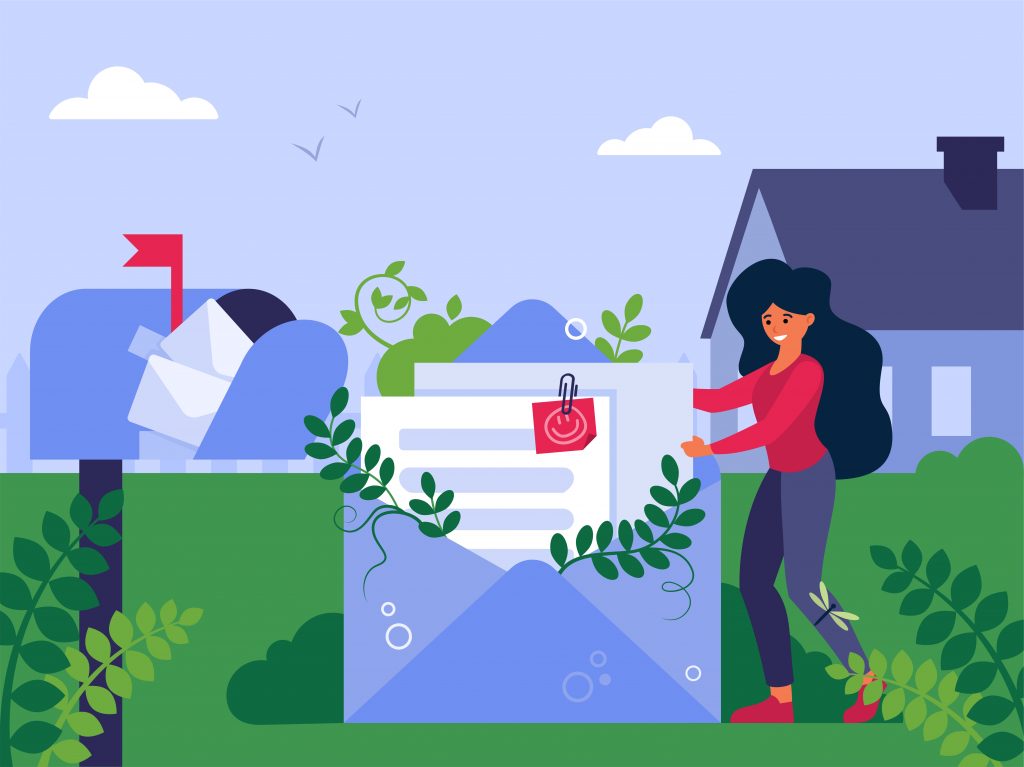Highly Converting Web Banner – What It Is
The web banner is one of the most important on-page elements on your website. Web banners are typically displayed in the header or the footer of a website. With a large amount of traffic going to the homepage, the last thing you want is a boring web banner in the header. In fact, even with good content on the homepage, a poorly designed web banner can kill a website. If you are a marketer, a web banner could be a great way to connect to your users in a new, interesting way.
If you are a designer, you might have more luck getting your client’s approval if you can convince them that your design has a great web banner. This post will walk you through the process of creating a modern, engaging web banner in minutes. You’ll learn how to build your banner in just a few steps.
How to Create a Highly Converting Web Banner in 3 Easy Steps
If you’re one of the 95% of webmasters who are not already getting plenty of free traffic from search engines, then you’re missing out on the biggest opportunity. Every day, millions of people surf the Internet. And this is where that “magic bullet” can save you all of the hassles that the process of website creation would normally entail. The web banner that you’ll be creating for your landing page is going to attract people and will direct them straight there without you having to do a thing. Follow the below steps to create digital visuals that will serve as magnets for the target actions.
Step #1: Get Inspired by the Web Banners That Are Already Performing Well
It’s probably safe to say that most webmasters want to create web banners that will convert. However, with most of the banner-making software that you can get for free, it’s actually really difficult to figure out how to get your own banners up and running. So the only way that you’re going to get that “wow factor” is if you take advantage of all of the web banner resources that are already out there.
There are so many categories of web banner design out there, with so many creative styles to choose from. Just take a look at all of the web banner resources out there, and you’ll quickly find out just how many different ways to approach visual design. When you find web banners that you like, take note of the features that they have and then try to stick to them in your practice.
Step #2 – Optimize a Look of a Banner for the Web
Optimize a banner for the web to have the same look and feel as other visuals featured on the platform. The reason for this is that it is easier to have your banner and your site look the same. If this is a new project, this should be fairly easy to do. If this is a re-imagining of the banner, this step should still be performed. For example, you can use a background remover service to fix the background or apply a different color scheme to a visual. This should be done while you are building the page so that you can test the layout and see if the new banner is working as you want it to. Once your banner looks good and serves its purpose, you can move further.
Step #3 – Compress the Image for the Web
If your site takes longer than three seconds to load, about half of your visitors will simply leave it and go to your competitors. The loading speed of a web resource is one of the most important parameters that affect the site position in the search results and conversion. And it is unoptimized illustrations that make the site heavy and clumsy.
The larger the size and weight of the image are, the longer it will take to load, thus, increasing page load speed in general. Therefore, when optimizing web banners, images are compressed. This can be done using external online services and offline utilities, as well through built-in modules on the site. In most cases, this saves the quality and outputs the visual that works best for the web. The right choice of image format and compression tool helps to minimize damage. The balance of image weight and quality can be achieved by desktop programs, mobile applications, and online services.
Highly Converting Web Banner – Final Say
Graphical online advertising interacts with the human brain most effectively. It takes only 13 milliseconds to perceive visual content. It is no wonder that banners on thematic sites perform a crucial role. That’s why the most successful banner campaigns include visual triggers in the form of unique looks and strong associations.
The use of corporate colors, a logo, or a recognizable element is common to all promotional materials. This approach helps to recognize the brand without direct advertising, creating the effect of close contact with the brand. After all, in most cases, buyers prefer those goods that are “familiar” to them and are well known. At the same time, a visual should be associated with your brand and perform well on the page. Otherwise, you risk ruining the page storyline and user journey on the site.


